What is Calico Fabric?
Although you may not notice it, Calico is everywhere, often serving as a neutral base for creativity. Artists canvases, fashion designers’ mock-up dresses, curtains, pillow cases, furnishings and bags are just a few uses. How can one fabric be so versatile? Exactly what is Calico fabric, and why has it been one of the go-to fabrics since the 11th century?
What is Calico made from?
Calico is woven from cotton fibres, and being made from cotton crops it’s completely natural. Because of its unfinished state, there are often flecks of cotton seeds visible in the fabric. It tends to have a cream or grey tinged finish, making it the perfect base to be dyed or printed on.
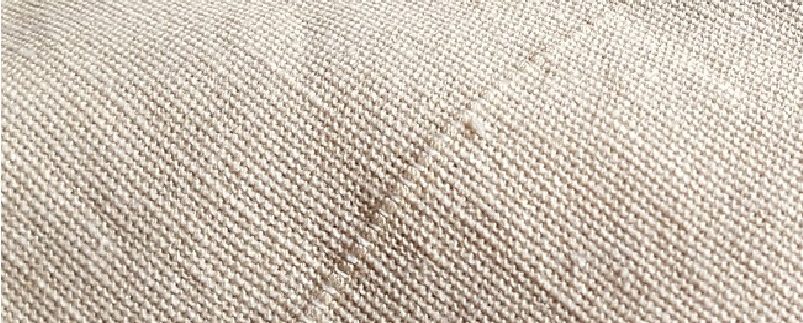
How is Calico made?
Calico fabric is a plain-woven textile, made from half-processed and unbleached cotton fibres. It’s a coarse and rough fabric, but not as sturdy as denim or canvas, nor as fine as Muslin. Calico is generally very cheap due to it’s unfinished nature, and the fact that it remains un-dyed and raw.
The process of making calico is essentially the same as making cotton cloth, but stopping before the cotton is fully processed. Textile mills receive raw cotton in bales and generally process them in stages. They first pull the fibres into alignment and remove impurities. They smooth the fibres out, spin the fibres to strengthen them and then begin the weaving course. Calico fabric is created using a ‘plain’ weave which sees the lengthwise yarns (the weft) passing over and under the crosswise yarns (the warp), alternating each row.
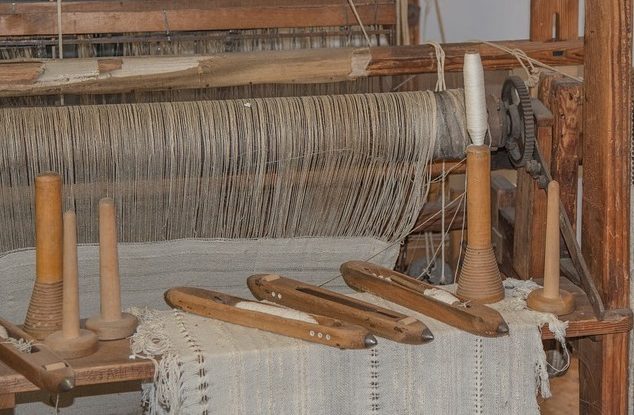
What is Calico Fabric used for?
Calico is perhaps one of the most versatile fabrics used today, with an extensive array of purposes. Why? Because calico can include a vast variety of qualities and can range from soft and sheer, to strong and coarse.
One of the most popular uses of calico is for designers ‘toiles’. That’s the mock up of a garment before it’s created with the final fabric, to experiment with a design using cheap material first. Because calico fabric can be sturdy and durable, it’s often used for items such as bags, aprons, curtains and furnishings. Those items will see daily wear and tear, but need to remain strong and withstand some abrasion and dirt. A huge amount of calico fabric is bleached and dyed and can be used for almost every item of clothing or household items.
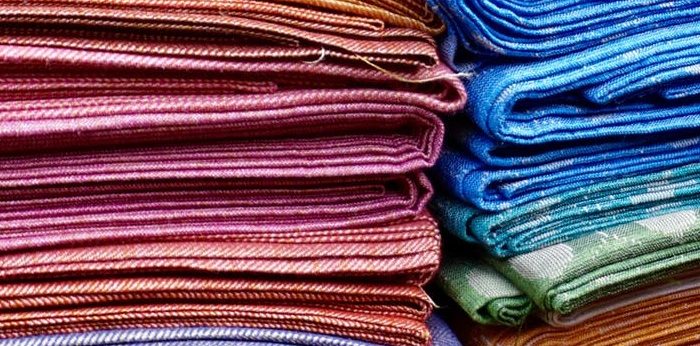
The History of Calico
Calico has a long and cultured history as one of the oldest materials in India. The fabric was discovered by the British during their reign in the country. Historians have estimated that India produced around a quarter of the world’s cloth, even without industrial machines. ‘Calico’ comes from the word ‘Calicut’ which was a European name for the city of Kozhikode, in Kerala (Southwestern India).
Even as early as the 12th century, Calico was mentioned by the writer Hemachandra. He described it as a “printed fabric with Lotus pattern”. The city of Calicut became renowned for producing this sought-after cloth, and was frequented by designers, merchants and buyers from around the world. Weavers created Calico using Sūrat cotton, which made the textile cheap and durable; much like it is today. The sturdy nature of the fabric ensured it passed the test of time and lasted centuries.
During the 15th century, calico from Indian Gujarat travelled as far as Egypt and Northern Africa. In the 17th century trade with Europe began. It was in the 16th century that England became well acquainted with Indian calico, after seizing a Portuguese ship which had the precious fabric on board.
The Politics of Cotton
England was unable to produce cotton due to its climate, yet still tried to protect their textile market against the popularity of India’s cottons and calico. Ultimately it failed, but the British textile manufacturing industry grew and began to thrive in weaving and printing cotton.
By the mid-19th century, the weaving industries of India were fading away. Instead British cotton goods began to replace them in world markets. This was a result of British merchants in the East India Company gaining financial control over Indian weavers and reducing their pay. This meant that many workers opted for farming jobs over weaving.
Alongside this, in the early 1800s the British textile market imported cotton from the USA. They also invented machines to weave them quickly and cheaply, manned by low-paid factory workers. Together these factors resulted in the soaring of British calico cotton products worldwide, outselling hand woven and hand-printed cloth.
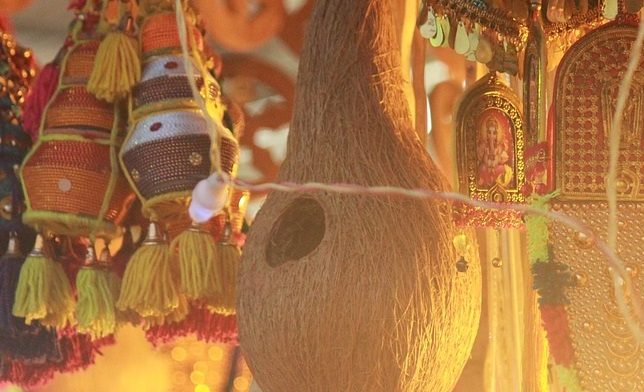
What is Calico Printing?
Calico was originally known for being hand-printed, and finished with ornate designs. Nowadays you can print your own calico fabric. Try custom printing your original artwork with Contrado for a classic look with a modern finish.
It really is super simple to get started; order a test print (aka. Woven Canvas Fabric @ Contrado) and see for yourself.
Other Variations of Unfinished Cotton
Alongside calico, there are various other fabrics created from unfinished cotton. These are some of the most popular half-processed cotton materials.
- Muslin – a plain weave cotton fabric, but very light and fine.
- Gauze – a very soft, fine fabric created with a very open, plain weave.
- Canvas – a plain woven, very durable cotton fabric.
- Cheesecloth – a loosely woven cotton which resembles gauze, and comes in seven grades from extra-fine to open weave.
Discover the look and feel of calico and other cotton fabrics in our fabric swatch pack.


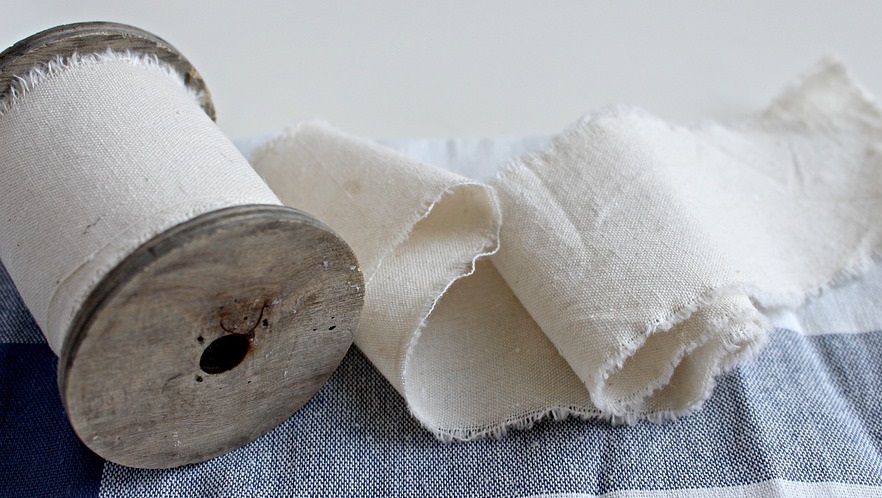
I have bought a fever duva and the fevers are coming out will calico stop this